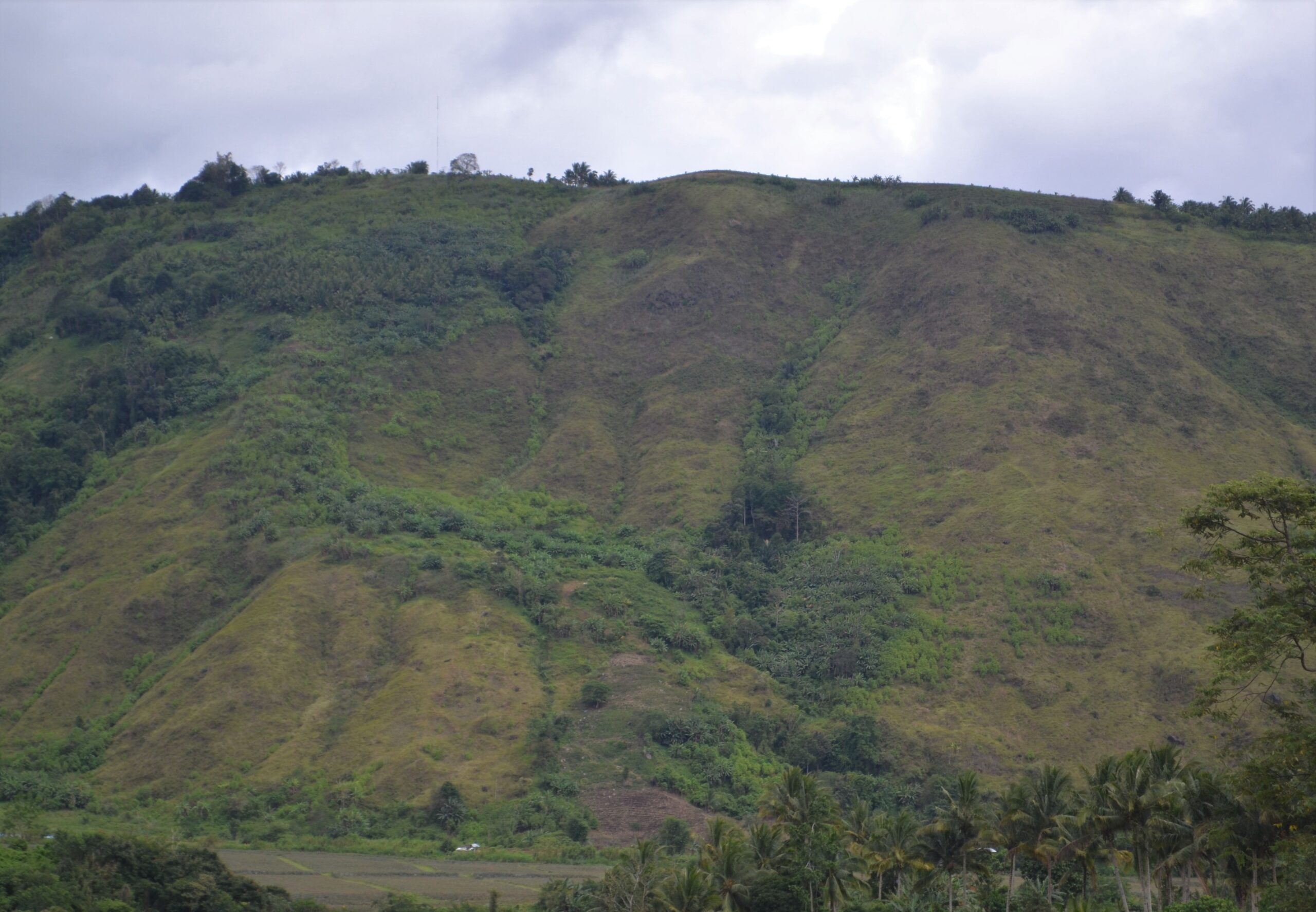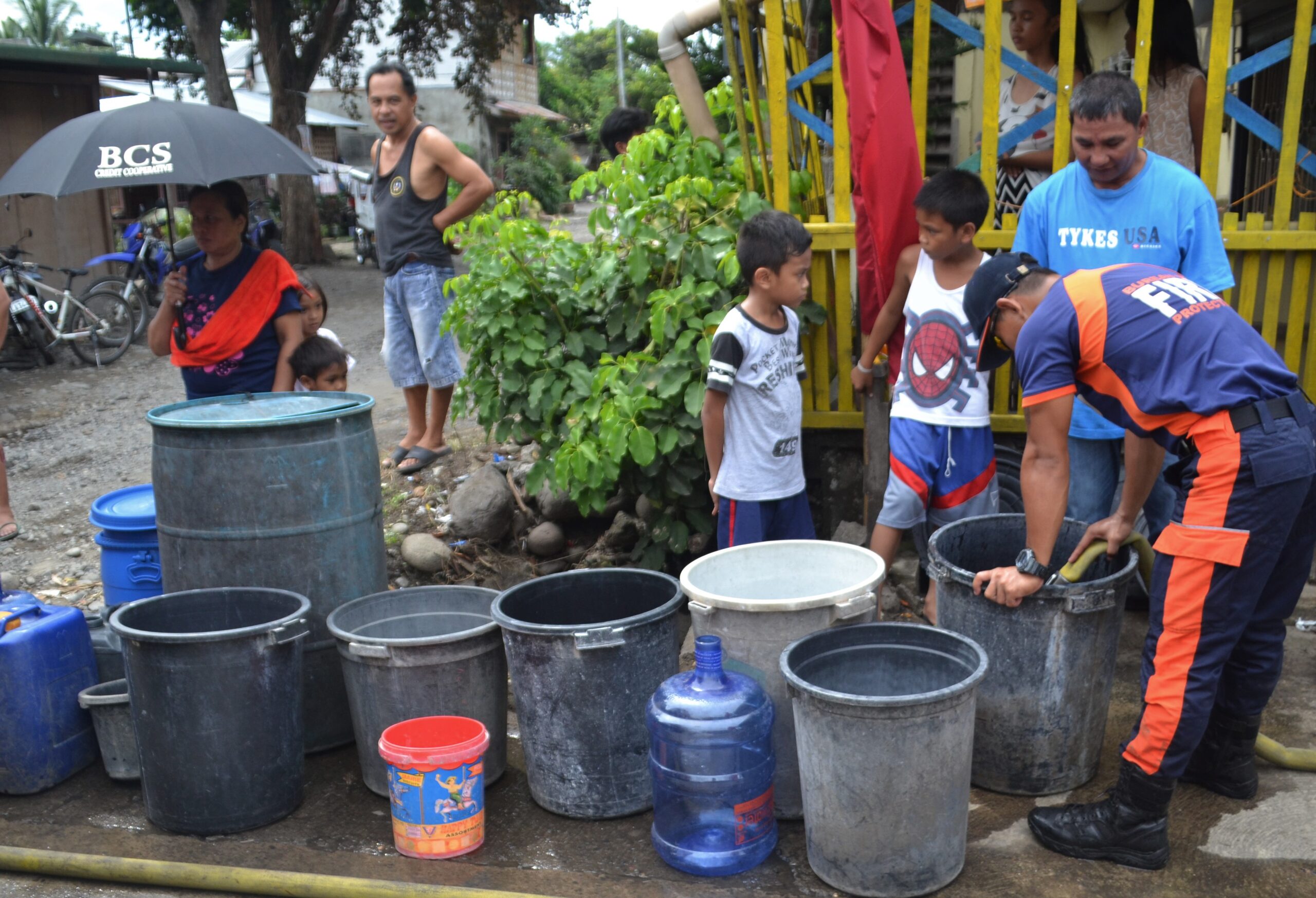Text and Photos by Henrylito D. Tacio
When he was still the head of the Department of Environment and Natural Resources (DENR), Michael Defensor admitted that “only 30% of reforestation projects succeeded.”
In a Subic meeting of local executives, he told them: “People hardly recognize the economic benefits from protecting the environment. Most sabotaged the program.”
The bluntness seemed to echo an earlier study done for the United Nations Food and Agriculture Organization, entitled Sustainable Forest Management. It stated: “Most of the (Philippines’) once rich forests are gone. Forest recovery, through natural and artificial means, never coped with the destruction rate.”
Let’s go back in time. When Ferdinand Magellan “rediscovered” the Philippines in 1521, forests blanketed 95% of the country. When the Ormoc City Leyte tragedy happened – which left 8,000 people dead – timber cover was only 18%.
“Where have all our forests gone?” asked Jethro P. Adang, the director of Davao-based Mindanao Baptist Rural Life Center. “A people without children would face a hopeless future; a country without trees is almost as helpless,” reminded US President Theodore Roosevelt.
“Who had the privilege of cutting trees?” asked veteran journalist Marites Dañguilan-Vitug. In an article she wrote for World Paper, a Boston-based magazine, she penned: “The wealthy and well-connected. They lived in the big cities. Some even sold their rights to the forest concessions and lived off the green of the land. Moreover, money for logging supported candidates during election campaigns.”
In the past, forest resources helped fuel the country’s economy. In the 1970s, the Philippines was touted as the prima donna among world timber exporters. Today, it is considered “a wood-pauper,” to quote the words of multi-awarded journalist Juan Mercado.
Even the forests in the lowlands – mangroves that is – are not spared from denudation. “Approximately two-thirds of the country’s original mangroves have been lost,” noted Population Reference Bureau’s Kathleen Mogerlgaard.
Aside from logging (whether legal or illegal), other causes of deforestation are forest fires, kaingin farming (slash-and-burn agriculture), and mining operations. Volcanic eruptions have also devastated some of the country’s tropical rainforests. Ditto for typhoons, which have devastated considerable hectares of forest areas.
Surging population has compounded the problem. There were only 19 million Filipinos, according to the 1940 census. By 2020, the population will surge to 111.7 million, National Statistical Coordination Board projects.
“Poverty, lack of jobs and wages, and absence of farm lots in the lowlands have forced some people to invade the forest,” commented the late Heherson Alvarez, who served as environment secretary during the Corazon Aquino administration.
Spreading cities have also contributed to decimation of forests. “Asphalt is often the last harvest for many forests,” the late National Scientist Dioscoro Umali, a Ramon Magsaysay Award recipient, once said.
The outcome: food crisis, devastation of lands and water resources, biodiversity facing extinction. “The productivity of the country’s agricultural lands and fisheries is declining as these (forest) areas become increasingly degraded and pushed beyond their capacity to produce,” said Mogerlgaard.


The removal of forest cover has bolstered soil erosion in the uplands. “Soil erosion is an enemy to any nation – far worse than any outside enemy coming into a country and conquering it because it is an enemy you cannot see vividly,” reminded Harold Ray Watson, the 1985 Ramon Magsaysay Awardee for peace and international understanding.
As a result, food production is jeopardized. “The loss of nutrient rich soil reduces crop yields and contributes to the expanded use of chemical fertilizers – a practice that can, in turn, pollute water resources,” Adang said. “Rivers and streams also carry eroded soil to the coasts, where it interferes with fish nursery areas.”
Water crisis looms. “There has been a drop of 30% to 50% in the country’s water resources in the past 20 years or so,” pointed out Dr. Rafael D. Guerrero, an academician with the National Academy of Science and Technology.
“Rapid forest loss has eliminated habitat for unique and threatened plant and animal species,” Mogerlgaard observed. “At the rate our forests are getting destroyed, many species may no longer be around when we need them,” Adang said.
More than 400 plant and animal species found in the country are currently threatened with extinction, including the Philippine eagle, waling-waling, and tamaraw, according to the World Conservation Union.
Trees are one of nature’s most efficient weapons to tie down steep hillsides, check the growth of big gullies, stabilize unsteady stream banks, and screen cultivated fields from harmful winds. But the country’s mountains are bald in large patches almost everywhere.
“The illness of our forest is complicated – and cannot be cured – with one-stop prescription of a single medicine,” reminded Alvarez.
Filipinos are therefore urged to stop cutting trees now and preserve the remaining forests the country has.
“We have laid to waste millions of hectares of forest land, as though heedless of the tragic examples of the countries of Africa, the Middle East, and the Mediterranean, where large areas have become barren, if not desertified,” Alvarez said. “If we have not, in fact, reached this state, we are almost at the point of irreversibility.”

